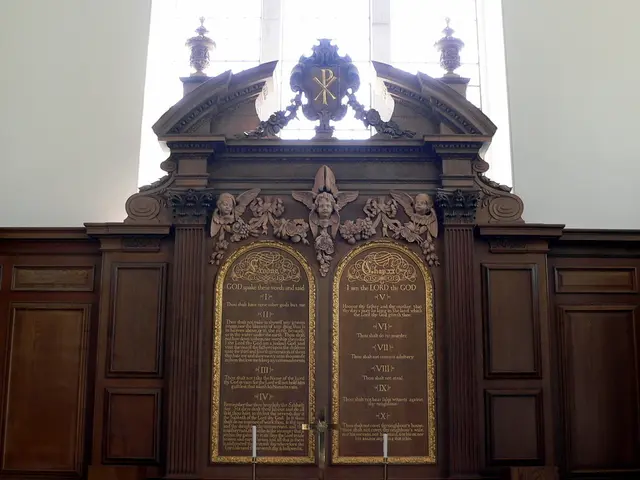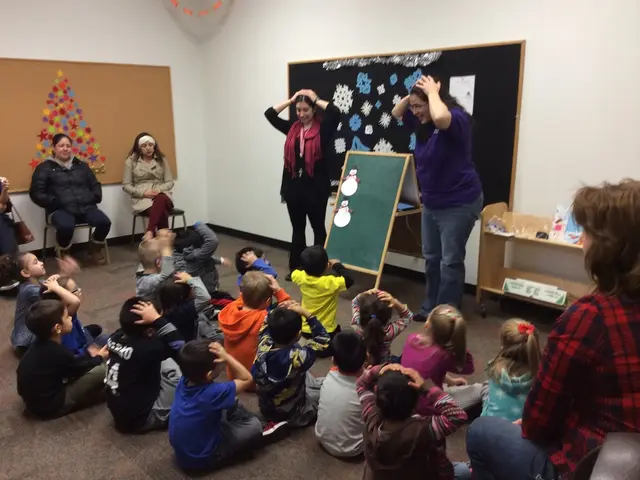University Campus Bio-Medico's CuBo Construction Completed
Campus Bio-Medico University in Rome has completed the first phase of a three-decade development plan with the arrival of the CuBo building, a multi-functional education and events facility. The project, a collaboration between Italian studios Labics and Topotek 1, is part of the Horti Academici MasterPlan.
This groundbreaking initiative seeks to unite education, research, and public space in harmony with the surrounding countryside. The masterplan aims to create a university park based on the geometric principles of Roman centuriation, focusing on connectivity and community. The CuBo is envisioned as a 'forum for learning,' where architectural spaces extend into the public domain.
The CuBo replaces a vacant area on the campus and introduces a modern design to its pastoral setting. With a modular framework, it features expansive porticos and patios, blurring the boundaries between interior and exterior. This comprehensive use of porticos complements the guidelines set out by the master plan, which calls for an organized system of open spaces to structure the built environment.
The Horti Academici MasterPlan places the CuBo within a structured, grid-like framework that contrasts with the irregular patterns of the surrounding countryside. This grid fosters open spaces such as squares, loggias, and courtyards, creating a harmonious blend of built and natural environments. The plan draws inspiration from the Roman tradition of 'centuriation,' aiming to be both functional and symbolic, transforming the campus into a democratic space for learning and discovery.
A play of light and shadow across the building's façade accentuates its environmental connections. The material palette of exposed reinforced concrete and brick cladding, with a hint of American campus design from the late 19th century, ensures durability and adaptability while permitting reconfiguration as educational needs evolve.
The CuBo spans across three levels and totals 10,500 square meters (GIA). It offers a mix of classrooms, communal spaces, and facilities for teaching, socializing, and relaxation. The ground floor houses a series of eight divisible classrooms, a 330-seat auditorium, and almost half of the total area dedicated to shared spaces and communal areas. These include a cafeteria, multifunctional study zones, and a medical 'simulation centre.'
The auditorium, study room, and cafeteria employ wooden slat flooring, while classrooms are equipped with a rubber floating floor and a sound-absorbing suspended ceiling. An atrium and additional circulation spaces feature large grey Venetian terrazzo slabs, dark grey walls, and a wooden slat ceiling.
At the building's heart, a courtyard links to the surrounding landscape, while the entrance hill and bridge-portico establish visual and physical continuity with the adjacent Decima Malafede Nature Reserve. Future phases of the Horti Academici development will expand these principles, incorporating additional academic, residential, and recreational facilities within the grid's framework.
CuBo builds a bridge between the academic and natural realms, redefining the relationship between education, architecture, and the environment and establishing a precedent for sustainable and inclusive campus design.
Credits:Client: Campus Bio-MedicoArchitect: Labics, Topotek 1Engineering and construction supervision: PlanningAcoustics consultant: Marco PaolicchioBuilding inspector: Studio CartolanoGeneral contractor: Impresa Percassi
- The CuBo, a blend of architecture and nature, encourages learning by fostering a harmonious environment that integrates education-and-self-development, online-education, and traditional classroom settings with the natural surroundings.
- As part of the Horti Academici MasterPlan, the CuBo aims to create a university park that embodies sustainable design principles, promoting environmentally-conscious education through its innovative, adaptable, and durable construction.






